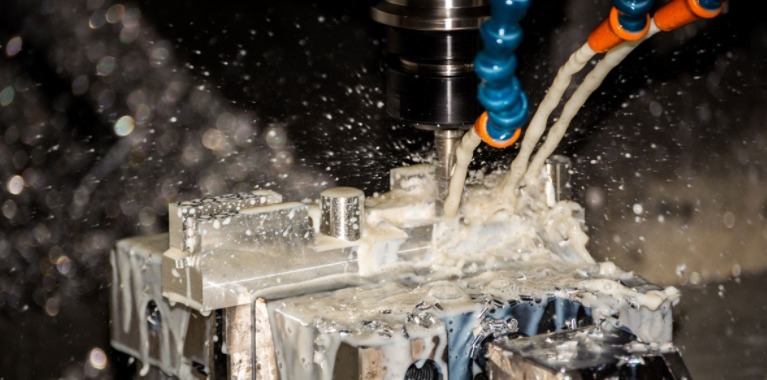How Important is Fluid Conditioning?
“It is the single best thing you can do to your hydraulic systems to lower maintenance costs and increase process reliability and accuracy.”
Pareto Principle
“The Pareto principle states that for many outcomes, roughly 80% of consequences come from 20% of causes.”
What if I told you, “In hydraulics, 90%+ of outcomes come from ONE cause!!!"
Proof of the Important of Fluid Conditioning
 Inadequate fluid conditioning is responsible for over 90% of all hydraulic equipment failures in properly applied system components.
Inadequate fluid conditioning is responsible for over 90% of all hydraulic equipment failures in properly applied system components.
~ MIT study by Dr. E. Rabinowicz
- Targeting an ISO Cleanliness code and monitoring & maintaining that code vs. reacting to system failure can affect up to a 180-time decrease in annual maintenance cost per horsepower.
~ British Hydromechanics’ Research Association Component Life Extension Studies
- Targeting an ISO Cleanliness code and monitoring & maintaining that code effected a 10-fold increase in equipment uptime.
~ Study Nippon Steel
- The average hydraulic system will lose 15% of its capabilities before the operator notices poor performance.
~ Study Caterpillar
Think about this one for a minute. Hydraulic systems do not typically fail without out a long period of reduced (10-15%) volumetric efficiency (read as lost speed).
- If my process produces X/t when new, what was the cost of .9X/t? … .85X/t?!
- If my component reacts in X seconds when new, what was the cost of non-conforming product if it takes 1.1 seconds to react? … 1.15 seconds?!
- By improving filtration one can increase the useful life of roller bearings from the nominal L10 rating to more than 50 X L10 life. This means that if the oil is clean one can operate the bearing 50 times longer than the rated life. Alternately, if the original life is sufficient, the load can be increased by more than threefold.
~ Study SKF Engineering & Research Center B.V.
- Moving from an ISO range code of 20 to 13 for particles > 5μm affected a 4-fold increase in relative fluid life in airline ground support equipment.
~ Study DOD Oil Life Extension on Aircraft Ground Support Equipment
- It should be noted that it does not take much to contaminate the typical hydraulic system. If we are targeting a 18/17/15 ISO level only 1 (one) gram of dirt / 100 gallons will exceed required contaminant levels by 25%. Another way to picture this would be about 2 (two) aspirin tablets in 100 gallons of fluid.
~ Vince Calculations – Just Do the Math
DIRT LOAD COMPARISON for a 60 GPM PUMP
Over 10,000 Hour Duty Cycle
| ISO 20/18/16 ≅ 17.14 mg/l of Particulate | ISO 14/12/10 ≅ .25 mg/l of Particulate |
|---|---|
| X 3.785 l / gal | X 3.785 l / gal |
| X 60 GPM | X 60 GPM |
| X 60 min./hr. | X 60 min./hr. |
| X 10,000 hrs./life | X 10,000 hrs./life |
| / 1,000 mg/gm | / 1,000 mg/gm |
| / 454 gm/lb. | / 454 gm/lb. |
| = 5,144 lbs. DIRT | = 75 lbs. DIRT |
Hopefully, I have your attention. If not… Go to a quiet place and reread the above.
How can something with such an “obvious solution” be so difficult to do something about?
First, while the solution is obvious, implementation is beyond difficult and a never-ending process. A component of this blog will be a series of posts to educate both in the strategies and rationales for the technical implementation of fluid conditioning as well as the strategies and rationales for creating the culture change required in its maintenance.
"Vision without action is just a dream, action without vision just passes the time, and vision with action can change the world."
~ Nelson Mandela
Want to Learn More?
Don’t want to wait to find out more? Give us a call. We’re pretty good at this stuff.
